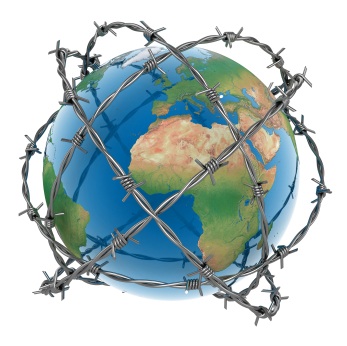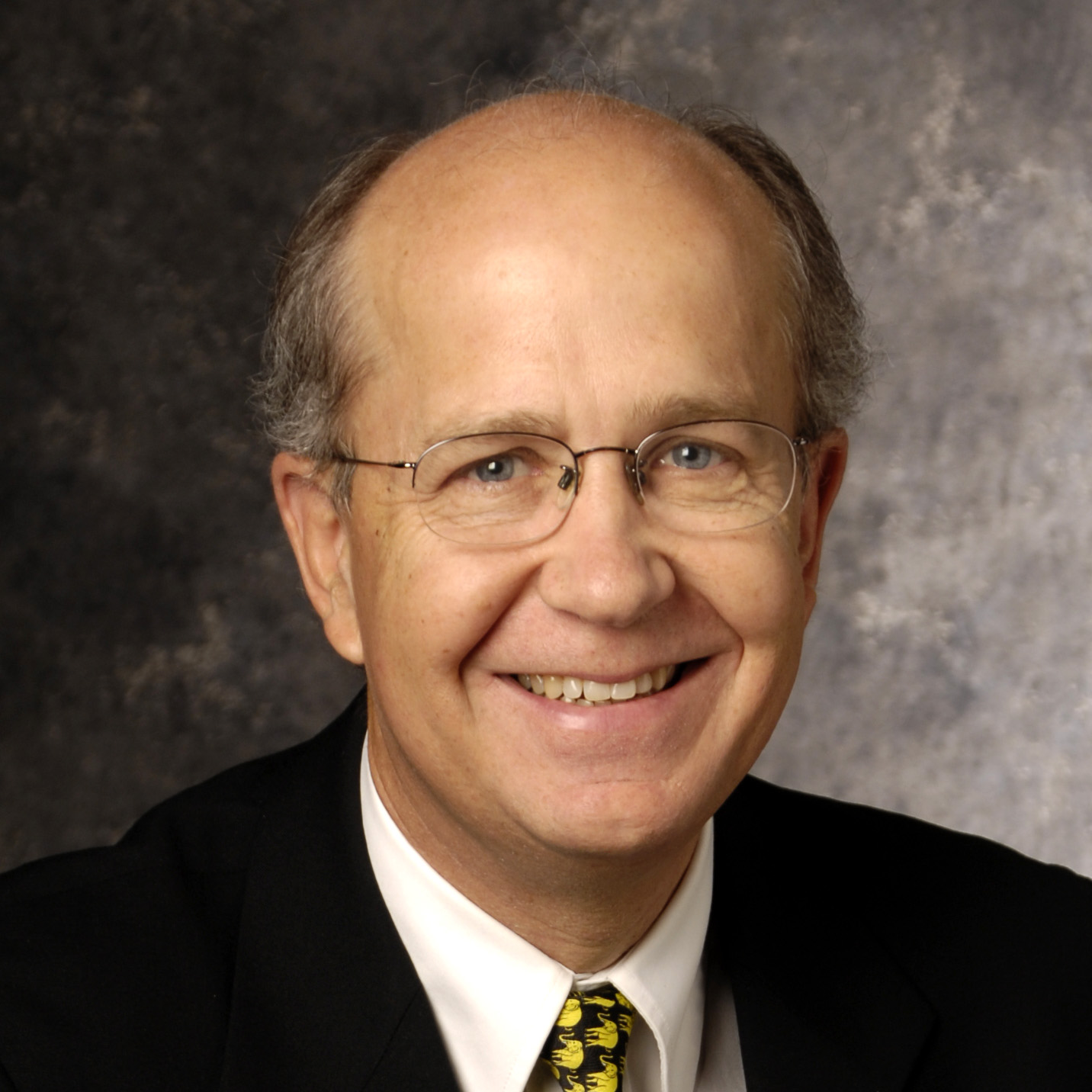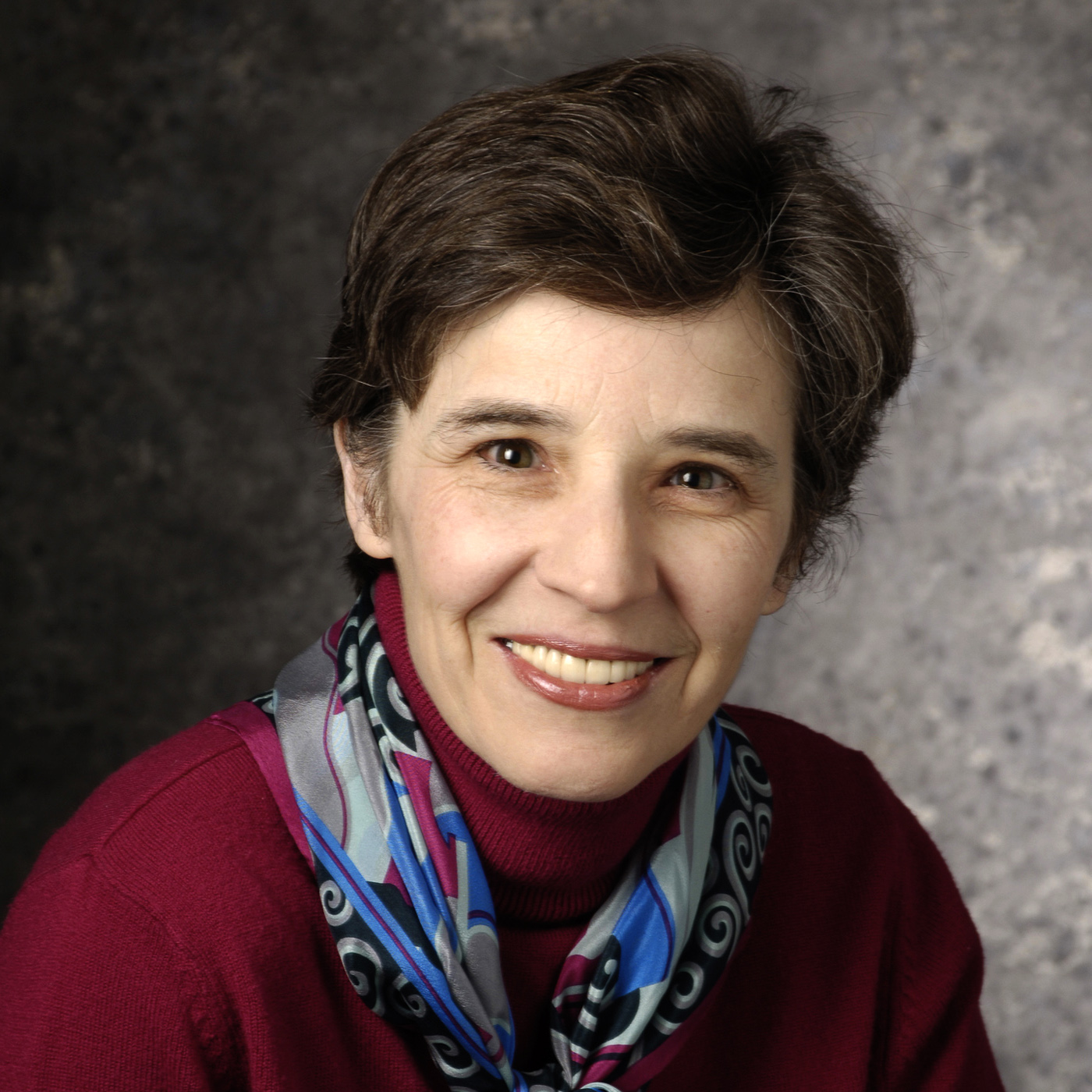The Norwegian attacks
SMU faculty experts analyzed issues related to the attacks – including hate, fear and mistrust.

Ultranationalist Anders Behring Breivik has been charged with killing 76 people in terrorist gun and bomb attacks he said were aimed at saving Europe's Christian heritage from "Muslim colonization." SMU faculty members Robert Hunt, Rick Halperin and Caroline Brettell analyzed some of the issues related to the attacks – including hate, fear and mistrust feeding a global problem of cultural and religious balkanization. These experts are available for interview through SMUs Office of News and Communications at 214-768-7650.
Robert Hunt, Director of Global Theological Education
in SMU’s Perkins School of Theology

"Like Americans, Europeans should perhaps look closely at the forces that are emerging in their body politic and at the doors those forces are opening. The primal, near genetic fear of every civilization that erected a rammed earth wall around a circle of crude houses is fear of the barbarians at the gates and their agents in our very midst. The Iliad and Beowulf are, like all myths, stories of our human consciousness at play. Islamophobes in Europe and the U.S, like their ideologically driven counterparts in Muslim lands, are breaking down the barrier between our primal, irrational fears and our actual (and largely positive) experience with human diversity. They are building a highway of hate and you can bet that it will carry violence. It always has. Christians in particular need to understand this. Our habit of confession of sin, so often forgotten, is nothing other than making sure that when we look in the mirror we see that Grendel looks back -- with his teeth bared and ready for human blood. The rest of our liturgy seeks to humanize that beast just a bit by inviting into our souls the Spirit of Christ so we walk out into the world with something better than fear and violence.
"The greatest failure of the church has been this: to imagine that the barbarians are at the gates, when in fact they are always seated in the pews. The Trojan horse, the marauding worm, the deadly virus slipped into our hearts before the world ever heard of computers, hackers, or a city called Troy. We swallowed him up in a bite of apple, and he's been with us ever since."
Rick Halperin, Director of SMU’s
Embrey Human Rights Education Program

“It’s frightening, yes. But it’s us – it’s the norm.
“What’s most disturbing about the attacks is the acceptance of Muslim bias found in western and northern European cultures, but nowhere more so than in America.
“In this country’s pre-Brown vs. Topeka Board of Education era, it used to be normal for politicians to run on racist, pro-segregation platforms. It’s taken decades – since 1954 –
to almost eradicate that kind of outrageous, racially motivated hate mongering by politicians seeking office. Troubling political comments from presidential hopefuls have not, however, disappeared from the campaign trail altogether.
“Presidential hopeful Herman Cain has said that if he were elected he wouldn’t put a Muslim in his administration. He may not be that viable a candidate, but if he had said he wouldn’t appoint an African American or gay person or woman, that would have drawn immediate outrage. But his comment drew practically no coverage. Where is the press to talk about that in this country?
“Since 1979, when Americans were taken hostage in Iran, this country as been embroiled in conflict with the Middle East and Northern Africa. We’ve had two generations of young people who see it as the norm for the United States to be at political, cultural, economic and military odds with Muslims in the region. An anti-Muslim bias prevails despite the fact that most Americans don’t know the difference between a Shiite and a Sunni.
“This vitriol is all for the ‘love of country.’ For my generation the love of country was anti-communist, anti-Vietnamese. Now it’s anti-Muslim, solidified by the backdrop of what happened on 9-11.
“Is this what patriotism has come to? Such hate speech against Muslims should ring, as Thomas Jefferson said about slavery – like ‘a fire bell in the night.’ But we are numb to it.
“Such hate in this country stems from the fact that Muslims are just different from us. Their faith, their customs, their dress, and their names – it’s all different. We have always had a brutal discomfort with people who are different than ourselves. We just don’t like to admit it in 2011.”
Caroline B. Brettell, University Distinguished Professor
in the Department of Anthropology in SMU’s Dedman College

“In some cases, such as France, England and the Netherlands, these were Muslims from former colonies – creating a complex relationship within host societies and complex identities for immigrant Muslims, many of who carried the citizenship of their host countries. In France, the debates regarding Muslim women’s dress (including head scarves and whether they can be worn in public schools) must be viewed in this context. In other parts of Europe without colonial histories, Norway included, the relationship between the citizens of those countries and their immigrants (many of whom were admitted as refugees) also has been tense. These tensions have been further complicated by welfare states and multicultural ideologies that create resentment on the part of natives of these countries who view the newcomers as getting a free ride and not integrating.
“In Scandinavia in particular there have been high profile cases of honor killings that fuel anti-Muslim sentiments. All of this then has to be viewed in relation to global terrorism, the fear that it generates, and the fact that the number of Muslims throughout Europe far exceeds that in the United States.
In some parts of Europe, small groups of Muslim immigrants have reacted. Among the most well known incidents are the threats in relation to the Danish cartoons depicting Mohammed, the riots in the suburbs of Paris in 2005, and the murder of Theo van Gogh in the Netherlands. The massacre in Norway, while clearly the actions of a single individual with extremist views, should also be understood, however, in relation to all of these broader trends.
“Ultimately these conflicts are about identity, just as they are in the United States. The conflicts may be more intense in Europe because the continent does not have the deep history of immigration – of accommodating and absorbing difference and making something new out of it – that is characteristic of the United States.”